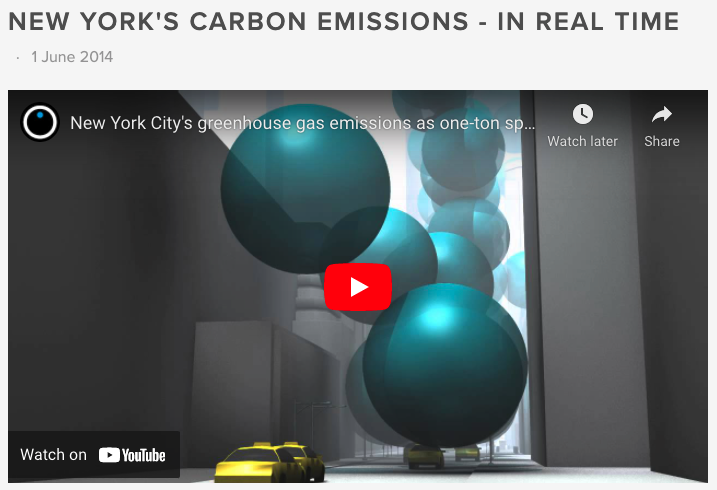“If we do not slow the changes, society will become increasingly maladapted to local climate, leading to local catastrophes from which we just cannot recover.”
| This issue features Dr. Gerald Stokes, Visiting Professor Department of Technology and Society, Stony Brook University, Global CO2 Initiative Advisory Board Member. Associated with Stony Brook University since 2014, Dr. Stokes most recently was the Chair of Technology and Society at SUNY Korea from 2019-21. He has served as an Associate Laboratory Director at both Brookhaven National Laboratory and Pacific NW National Lab. He was also the founding director of the Joint Global Change Research Institute, and the President and CEO of Battelle-Japan. He earned his BA in Physics from the University of California, Santa Cruz and his MS and PhD in Astronomy and Astrophysics from the University of Chicago. He is a member of Sigma Xi and a Fellow of the American Association for the Advancement of Science. |
| You started out studying physics, but you’re now studying the smart grid, the policy that influences its development, and paths to reducing CO2 emissions. Can you describe the progression of your interests? When I went to Pacific NW National Lab as a post-doc, my career took two paths. First, I very quickly began working on the historic atmospheric carbon dioxide in the atmosphere, which grew into my climate related research. Next, in the 1980’s, I managed a group that developed end-use metering technology and I helped lead a program that was a forerunner of the smart grid concept and technology. Given the critical importance of electrification to CO2 mitigation, it made sense for me to keep my hand in both areas. |
| What led you to become a part of the Global CO2 Initiative Advisory Board? When Bernard David began the Global CO2 Initiative, I was part of the founding team. I participated in many of the early activities that defined the initiative. When the Initiative moved to the University of Michigan, I was asked to be a part of the Advisory Board. How would you describe your role on the Advisory Board? In addition to supporting the Board’s advisory functions, I have been supporting the effort to review and update the CCU road mapping exercise that we did five years ago. Having participated in the original study, I provide continuity and perspective for the new effort. What do you see as the future for carbon capture and utilization? I think it has great possibilities and the next five years will determine how much of a contribution it can make to stabilizing CO2 concentrations. |
| What are some common misconceptions that you see in this field? I do not know whether it is a misconception or not, but I think very few people understand, or internalize, how big an issue this is. A gigaton of carbon dioxide is a lot. As a result, we need to think about how to create industries, not just companies. |


